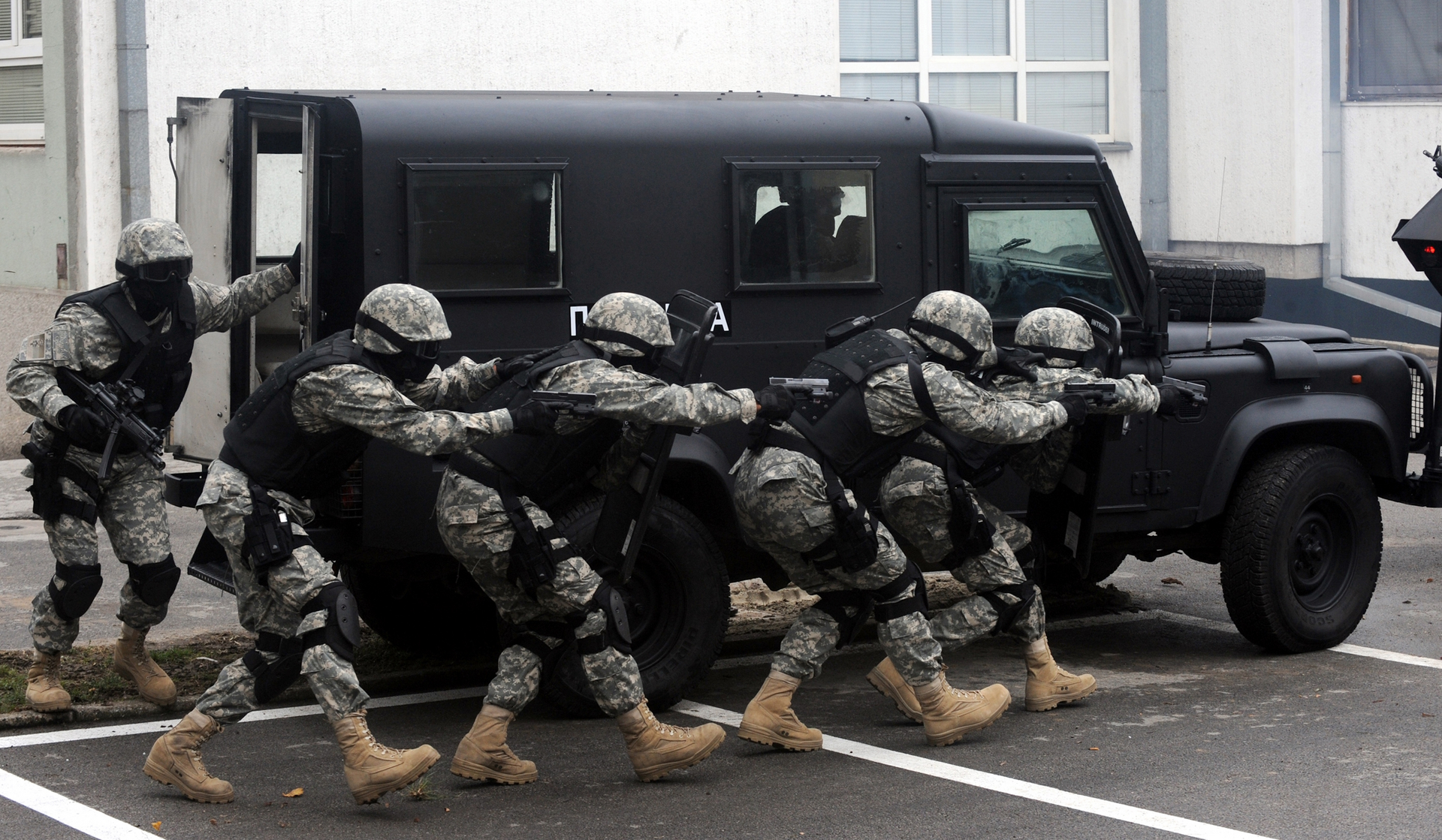Maximising the comfort and mobility of body armour such as bulletproof vests is a key stake for law enforcement as well as military forces. In an effort to support the end-user experience, three new testing methods have been developed to provide a reliable assessment of specific comfort features impacted by the soft ballistic insert.
Inspired by real-world end-use situations and body movements, these test methods enable to identify possible discomfort levels and mobility constraints wearers may endure during their respective operational activities.
What do we test?
Mobility assessment using the Lower Costal Bending (LCB) test
The Lower Costal Bending (LCB) test replicates the bending movement of an upper body. On duty, such multiple bending movements lead to energy losses and accelerated exhaustion for the wearer.
The LCB test allows to quantify lost energy due to the stiffness of a ballistic solution.
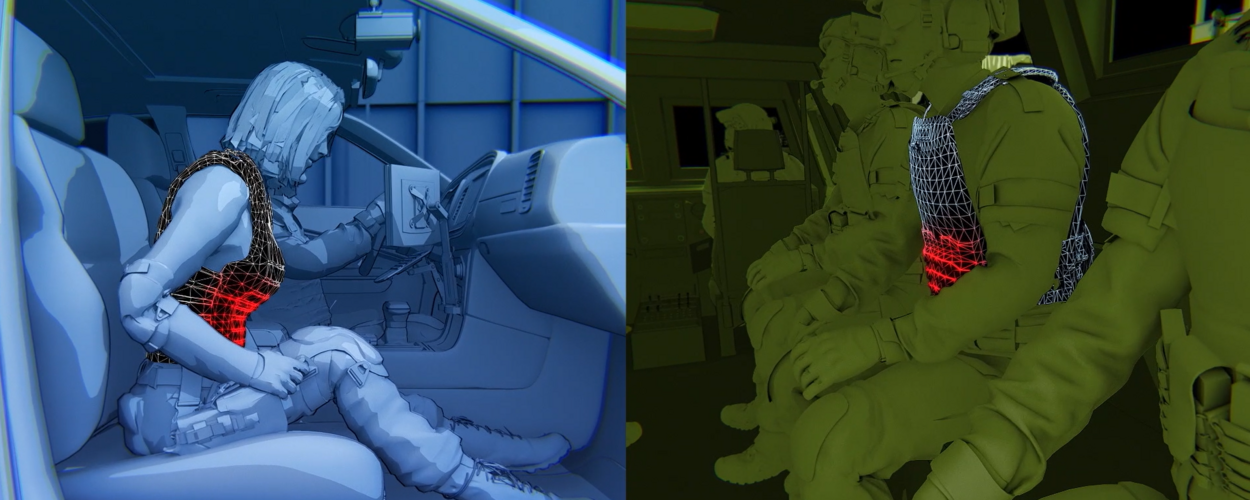
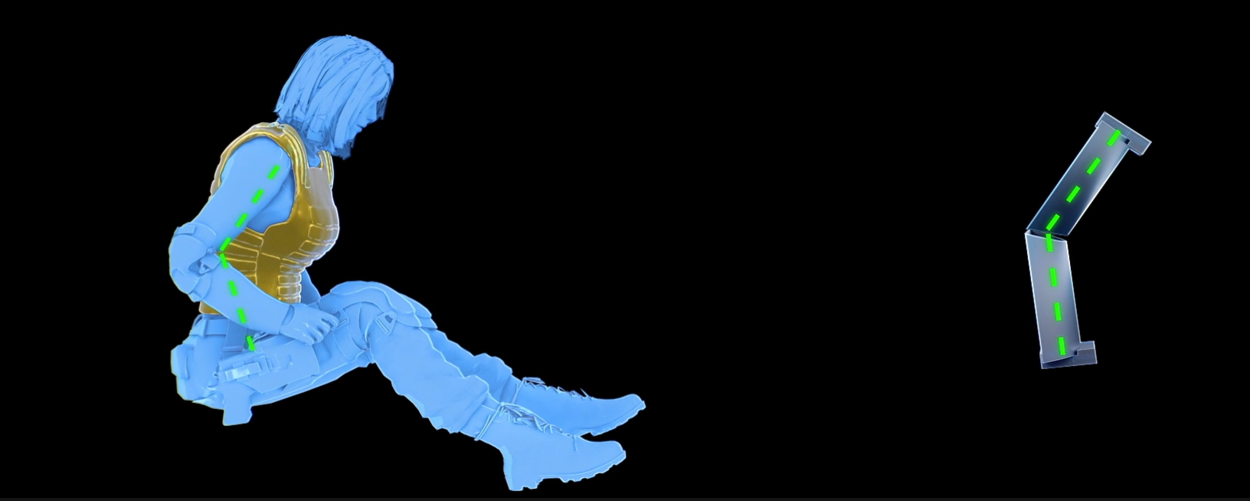

Mobility assessment using the Double Curvature Compression (DCC) test
For freedom of movement and optimised mobility, ballistic solutions need to conform to the wearer’s body in real end-use situations. As observed with digital imaging, body armour items are strongly solicited to adopt multi-curved shapes.
The Double Curvature Compression (DCC) test replicates the shape of a bent torso and allows to observe the adaptability of ballistic material solutions. A high degree of adaptability enables an optimised mobility for the end user.
The DCC test allows to quantify energy needed for a ballistic solution to adapt to a double curvature shape.
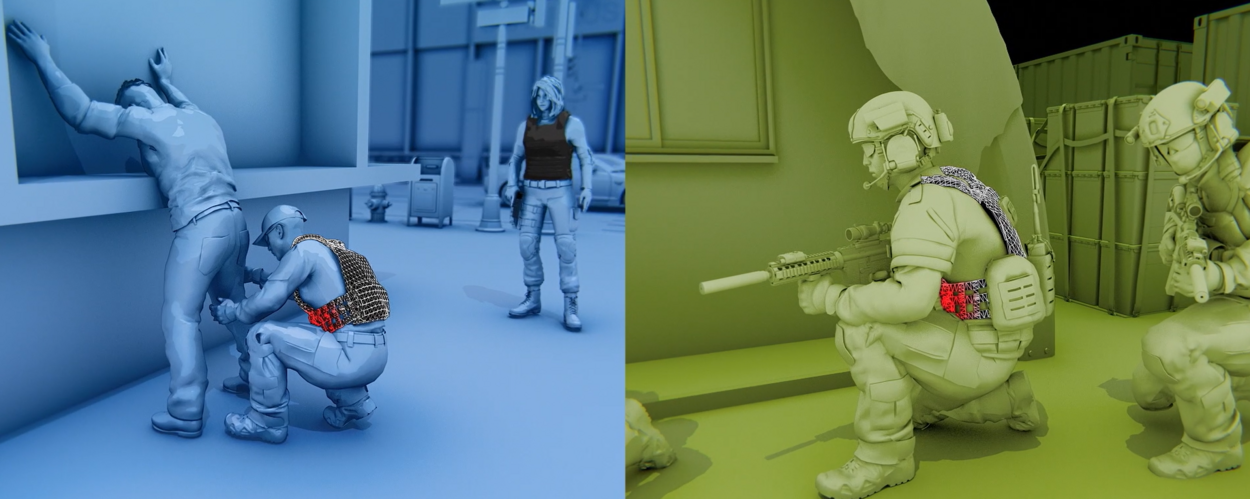

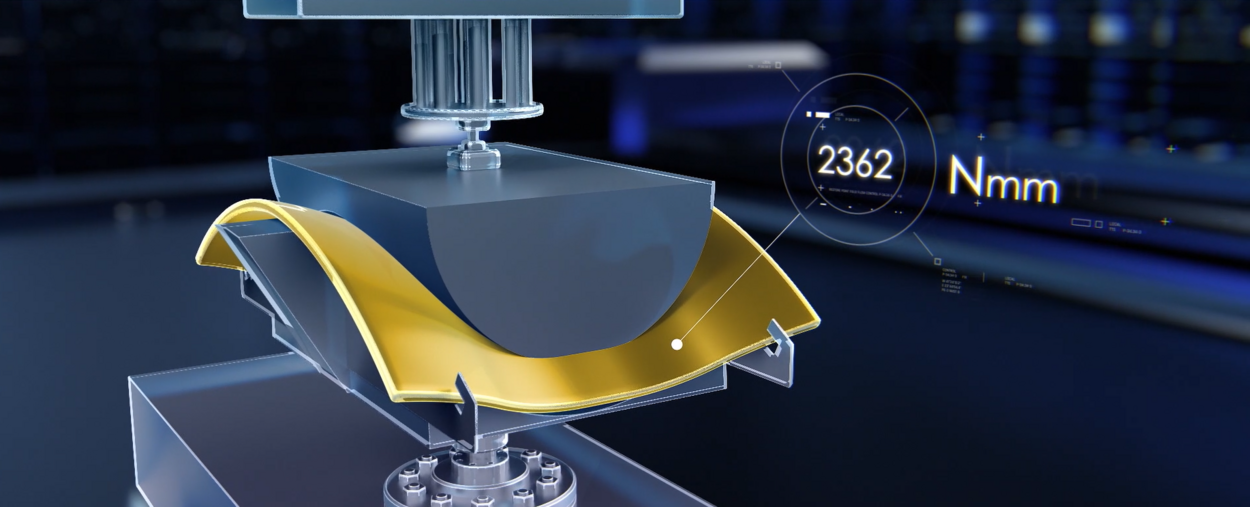
Comfort assessment using the Edge Pressure (EP) test
The edges of a ballistic vest can also cause discomfort at pressure points such as the lower abdomen, neck or arm.
The Edge Pressure (EP) test replicates the shape of the arm and the curvature of a ballistic solution. The EP test allows to quantify discomfort generated at localised pressure points.

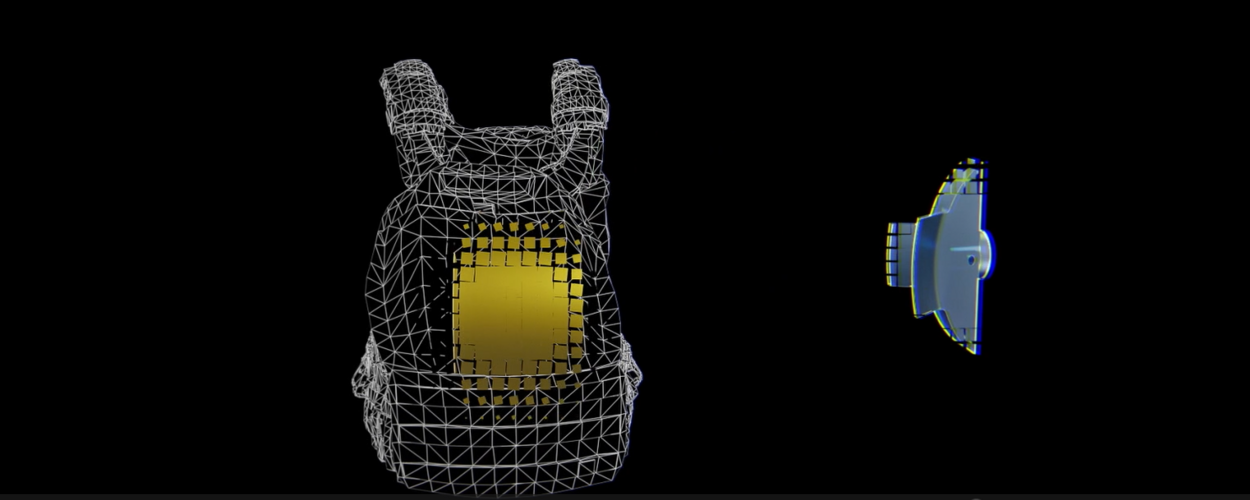
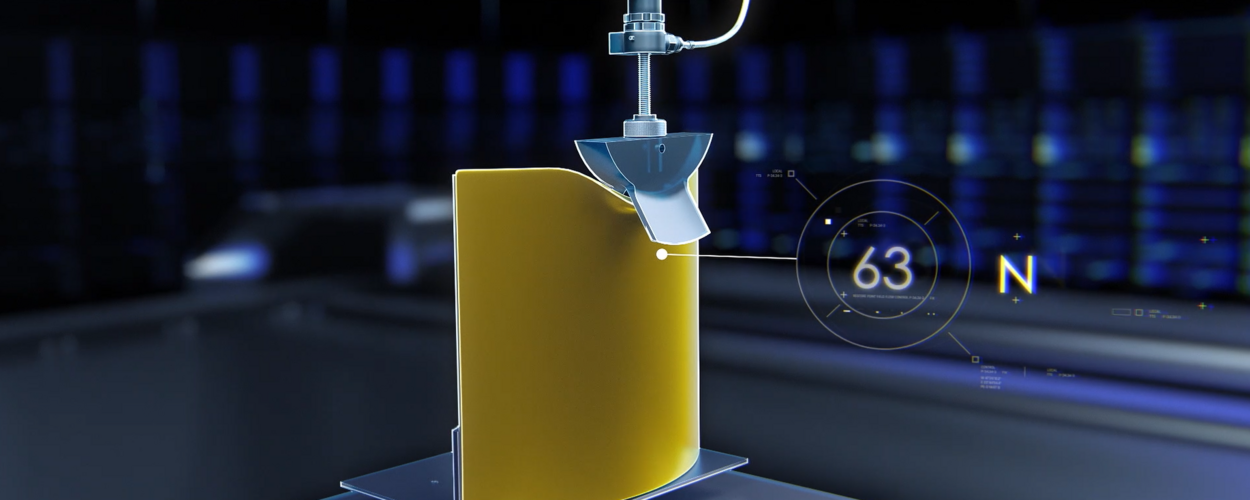
Image sources:
- Courtesy of DuPont ©2024
- Adobe Stock, No. 61683292
